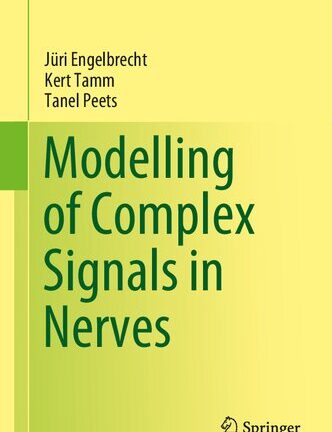Description
**Knowledge of the three-dimensional structure of a protein is absolutely required for the complete understanding of its function. The spatial orientation of amino acids in the active site of an enzyme demonstrates how substrate specificity is defined, and assists the medicinal chemist in the design of s- cific, tight-binding inhibitors. The shape and contour of a protein surface hints at its interaction with other proteins and with its environment. Structural ana- sis of multiprotein complexes helps to define the role and interaction of each individual component, and can predict the consequences of protein mutation or conditions that promote dissociation and rearrangement of the complex. Determining the three-dimensional structure of a protein requires milligram quantities of pure material. Such quantities are required to refine crystallization conditions for X-ray analysis, or to overcome the sensitivity limitations of NMR spectroscopy. Historically, structural determination of proteins was limited to those expressed naturally in large amounts, or derived from a tissue or cell source inexpensive enough to warrant the use of large quantities of cells. H- ever, with the advent of the techniques of modern gene expression, many p- teins that are constitutively expressed in minute amounts can become accessible to large-scale purification and structural analysis**









Reviews
There are no reviews yet.